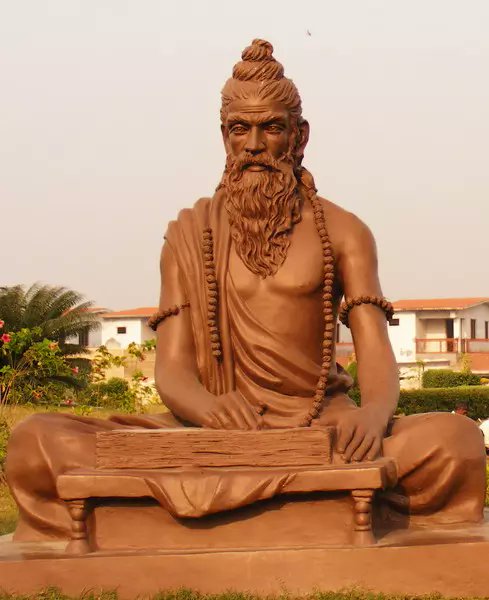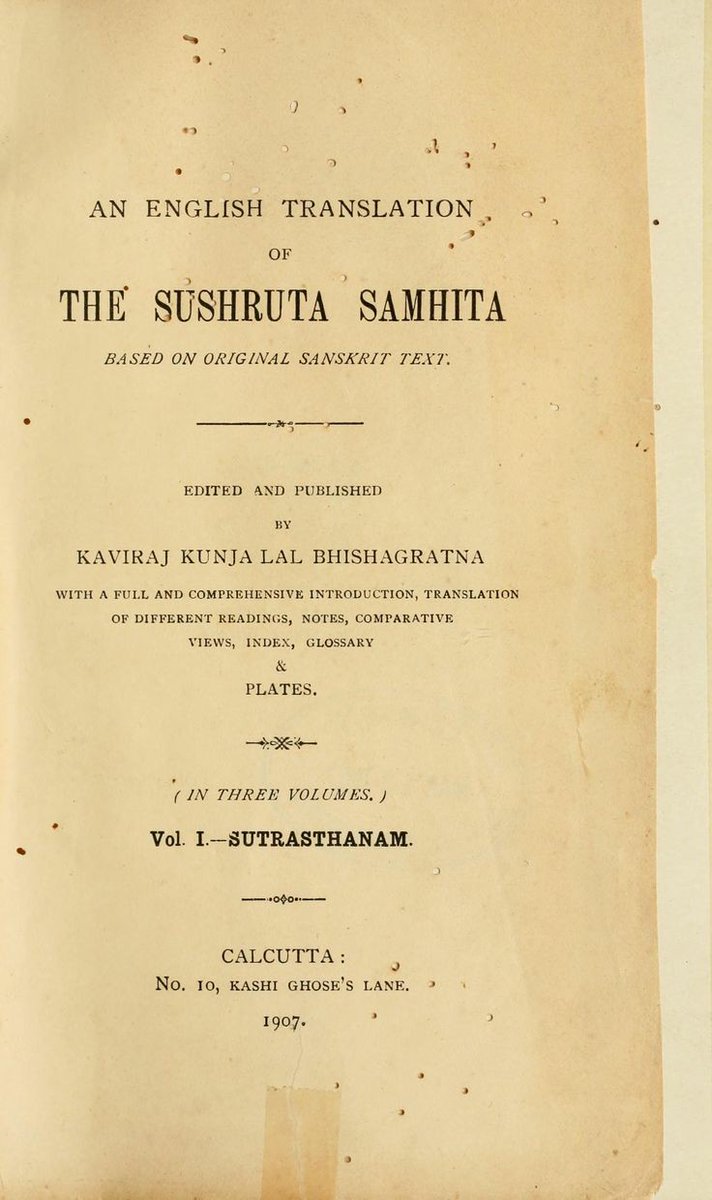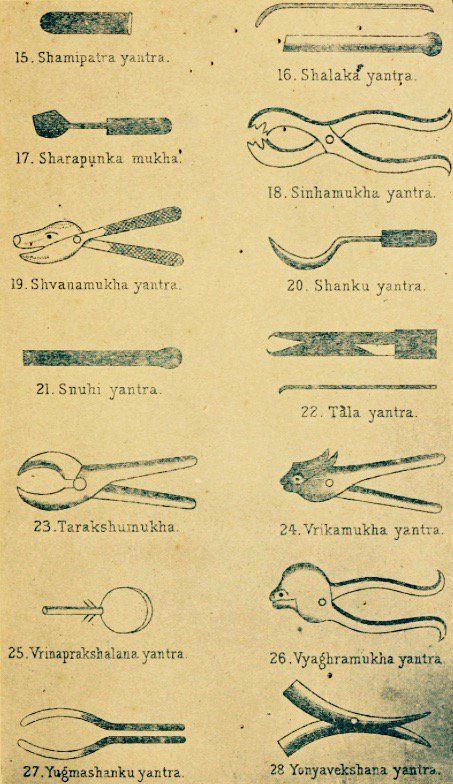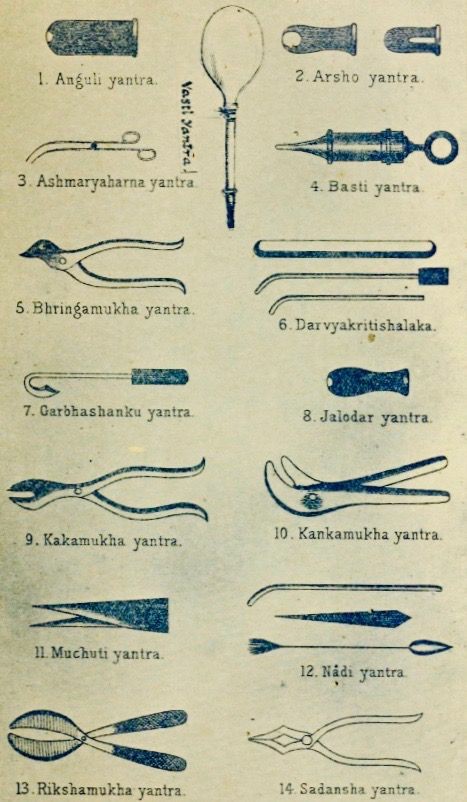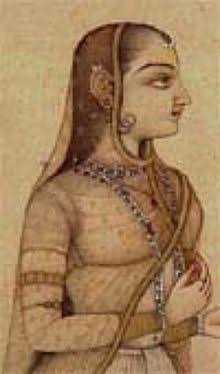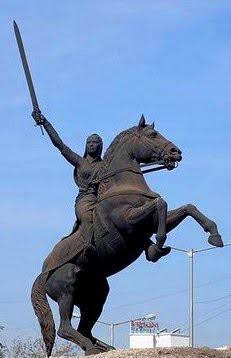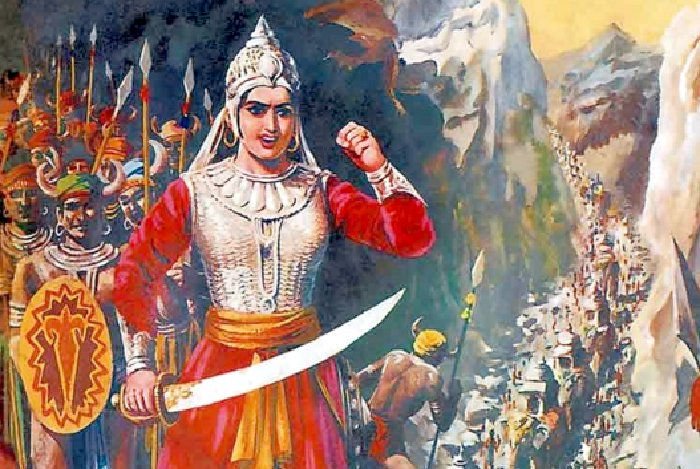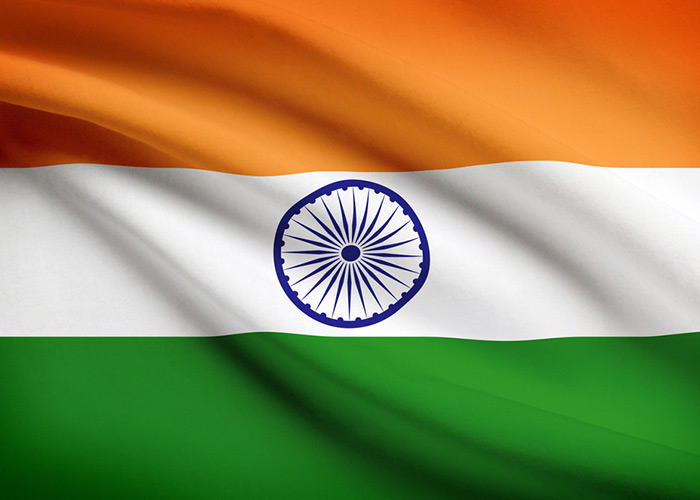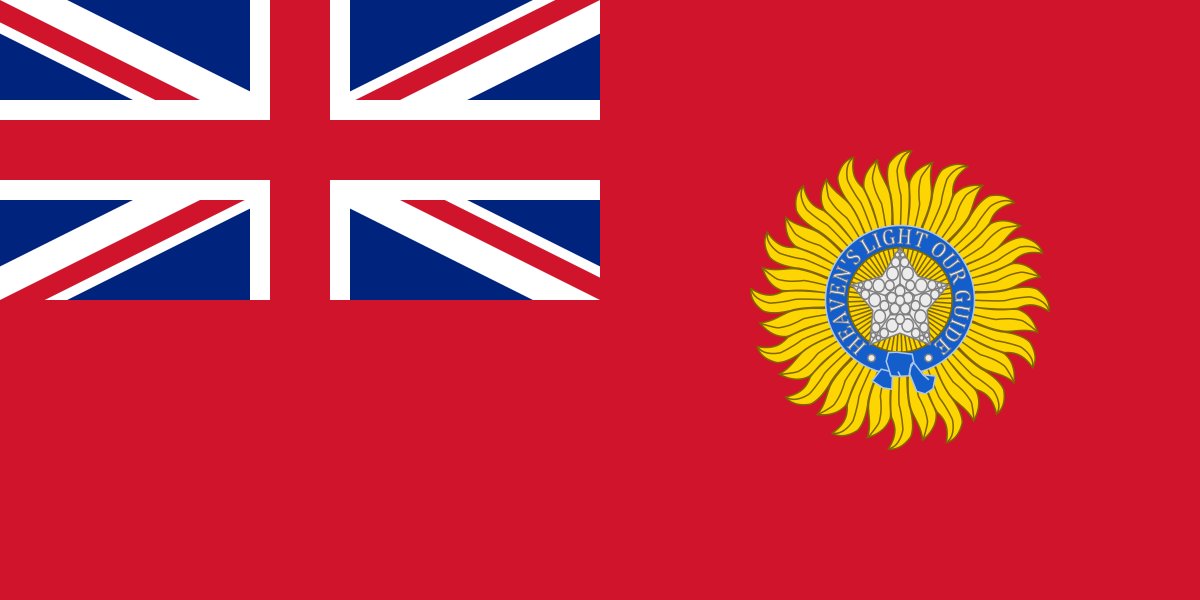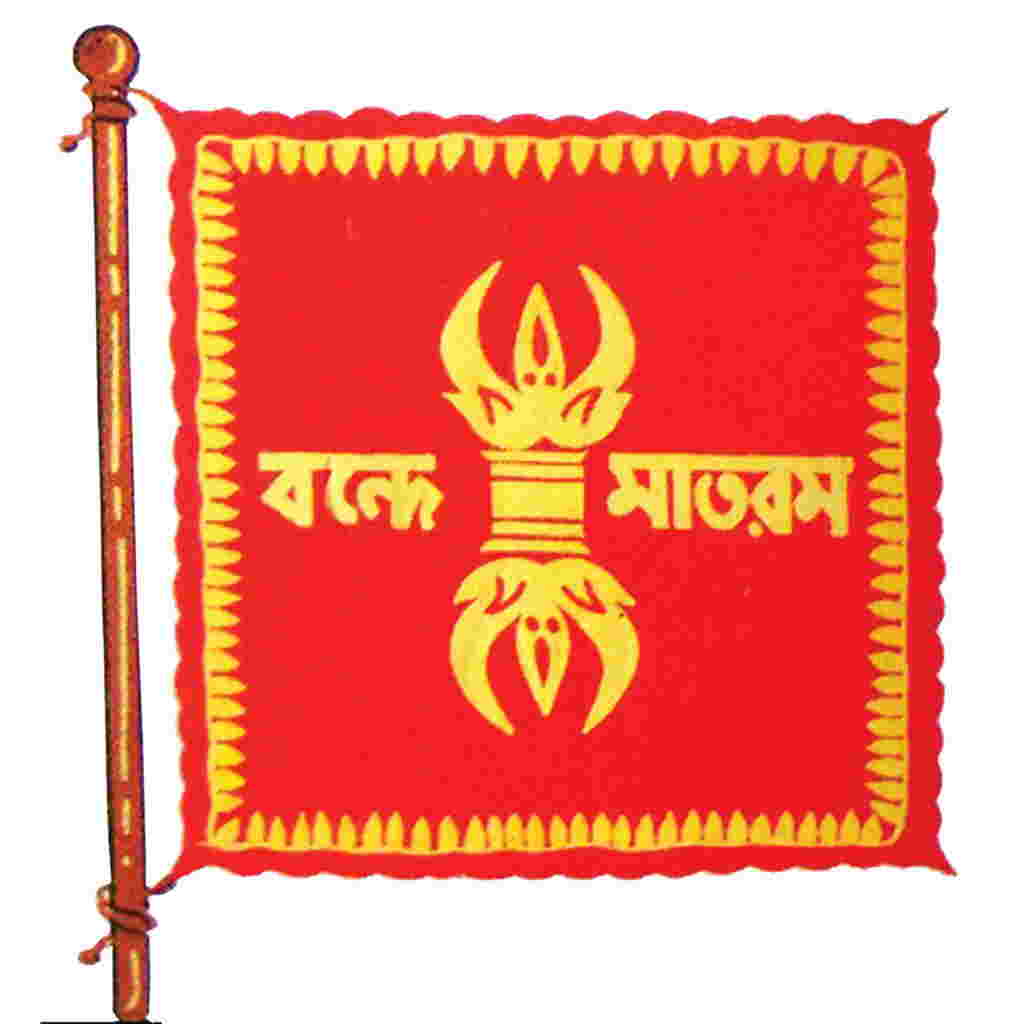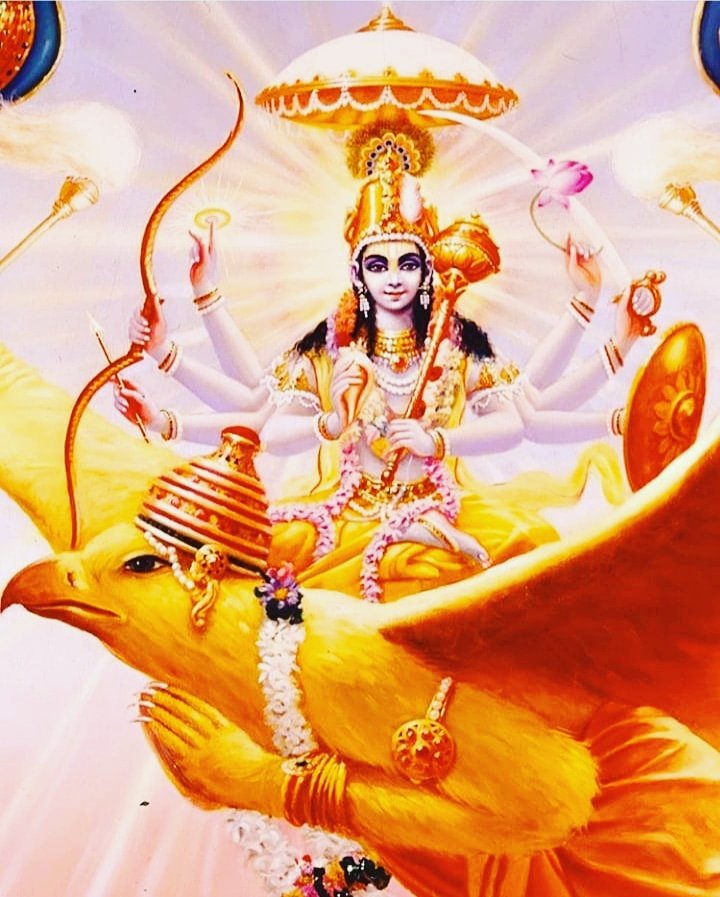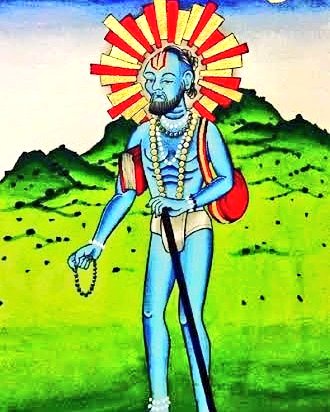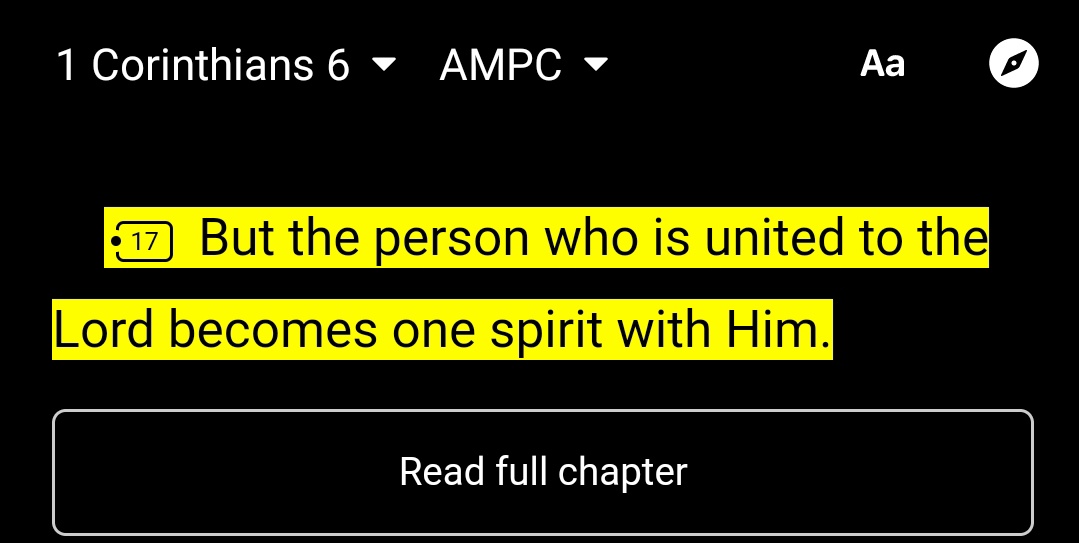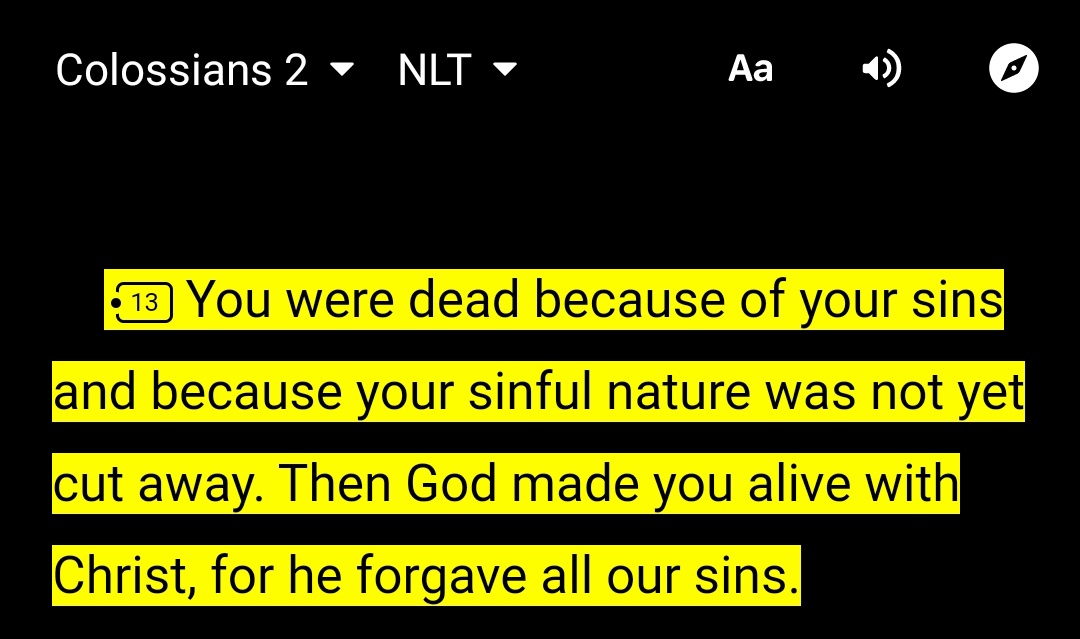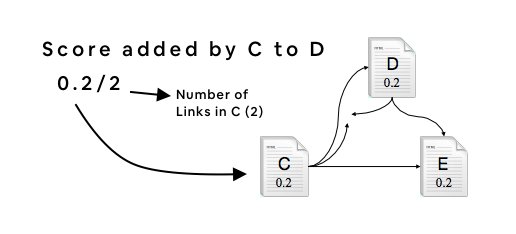IMPORTANCE AND CHARACTERISTICS OF GARUDA PURAN.
On the request of Garud, Bhagwan Vishnu, the rider of Garud, described this Puran based in Taksharya Kalp. It has ninteen thousand shlokas.
This book begins with a question and goes on to describe the Shrishti.
Then it describes the Surya puja vidhi, Diksha, Shradha, Nav vyuh puja, Vishnu sahastra naam kirtan and dhyan, Yog, Mrityunjay puja,Mala mantra, Shivarcha, Gopal puja, Trailikya mohan Shridhar puja, Vishnuarcha, Devpuja, Sandhya, Pancham tattva, Durga and Chakra Archana,
Maheshwar puja, Pavitra ropan puja, Murti dhyan, Vaastu maan, Prasaad, Sarvdev pratishtha, Ashtaang Yog, Daan dharm, Prayaschit, Narak description, Chakravyuh, Jyotish, Samudra shastra, Swar gyan, Tirth, Importance of Gaya, Different Manvantars, Pittra's, Varna dharma,
Dravya shudhhi, Samarpan, Vinayak puja, Grah yagya, Ashram, Shouch, Pret shudhi, Niti Shashtra, Vrat katha, Som and Surya vansh, Hari vansh, Bharat akhyan, Ayurveda, Medicine in Ayurveda, Rog nashak kavach, Garud Kavach, Traipur mantra, Prashna, difficulties in vyakaran,
Chhand shastra, Discipline, Snan Vidhi Tarpan, Bali Vaishvadev, Pavarna Karma, Sapindan, Dharmasar, Repentence of sins, Prati sankraman, Karmafal, Yug dharm, Vishnu bhakti, Method of Namaskaar to Hari, Narsingh strotras, Gyanamrit, Vishnuarchan strotras, Principles of Sankhya,
